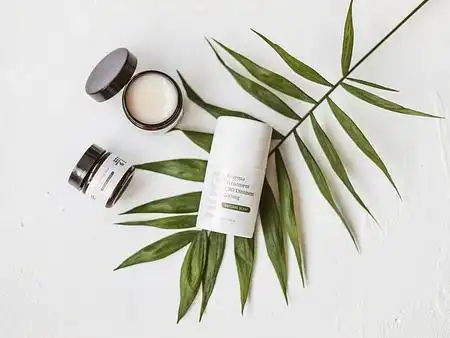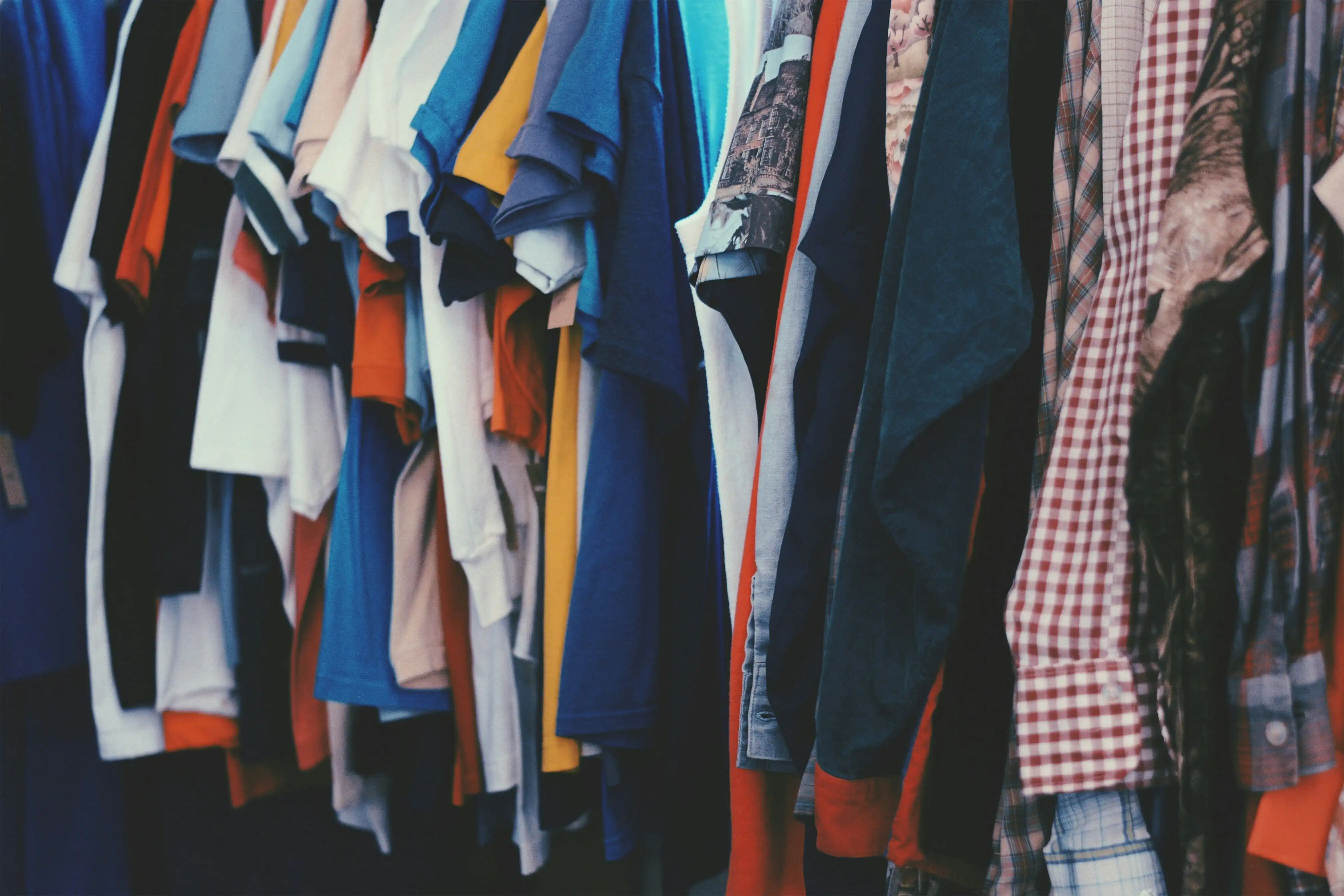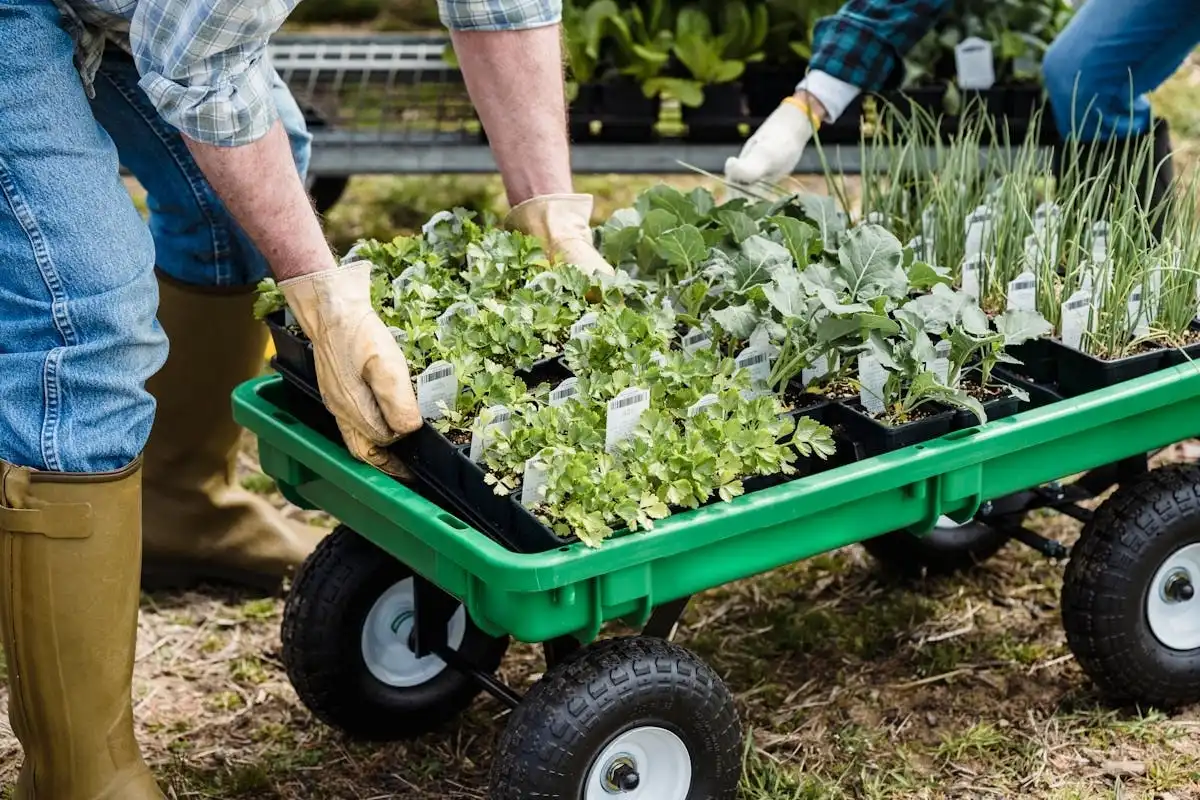ESG Sustainable Procurement News and Updates
All News
Bridal Lace: Best Producers For Luxury, Modernity & Innovation
Known for its exceptional design details, lace offers exquisite beauty and femininity, making it a popular choice for brides. The classic fabric has been used by couturiers for centuries, too: its timelessness appealing to designer tastes as a staple cloth in their wedding collections. We’ve located three key producers of lace offering the best in either luxury, innovation or classic simplicity.
|April 22nd, 2015|9:00 AM
Bridal Market: Wedding Florals & Boho Silks For Spring 2016
Launching in 2010, the New York International Bridal Week now takes place twice a year from Pier 94. Nicknamed the ‘Bridal Market’, the city's latest edition offered the latest lace and silk on wedding dresses from the world’s top bridal couturiers. Le Souk takes a matrimonial peep at what will be trending down the aisle this Spring 2016.
|April 22nd, 2015|9:00 AM
Salone Del Mobile: Interiors Big Names Hit Milan Design Week
The fashion week of furniture, Salon del Mobile welcomed 2,106 exhibitors to its gargantuan exhibition space last week in Milan. Fashion's big names also took to the fair, crafting ready-to wear materials - usually reserved for the runway - into next season's luxury casa.
|April 21st, 2015|9:00 AM
Fringing & Leather Encroaches On Coachella 2015
The Coachella music festival, held in the southern California desert for two consecutive weekends in April, has become a quasi-style hub over the past five years – as well a musical one. Fashion and lifestyle brands continue to sponsor the event but this year felt a little more hands-on with retailers and designers setting up installations and shows onsite as part of the entertainment between musical acts.
|April 21st, 2015|9:00 AM
Designer of the week: Little Joe Woman by Gail Elliott
Gail Elliott, Creative Director and Designer of iconic fashion label, Little Joe Woman is a world renowned supermodel and beauty icon. As a young woman living in New York during the famous ‘supermodel’ era, Gail worked for all the preeminent designers and heralded photographers like Helmet Newtown and Steven Miesel. She has graced the covers of the world’s top fashion magazines and is famous for her sense of style.
|April 20th, 2015|7:00 PM
Australiana: Flora & Fauna Rustle Fall Designs in Sydney
Mercedes Benz Fashion Week Sydney AW15 felt emphatically Australiana, as local designers took pride in their indigenous heritage and closeness to nature; working plant and animal fibers into both modern collections and couture pieces.
|April 20th, 2015|9:00 AM
Best Instagrams Of the Week For Design Inspiration [17.04.15]
No longer for just selfies and sunsets, Instagram is a valuable resource for design inspiration. Here's a look at Le Souk's top five Instagram accounts for this week - offering that extra bit of fabric, fashion and design inspiration.
|April 17th, 2015|9:00 AM
H&M Bows Conscious Exclusive Collection With New York Eco Pop-Up
Fast-fashion mogul H&M launched its Conscious Exclusive collection on Wednesday, recruiting the business brains and chiselled cheekbones of actress Olivia Wilde to pioneer the Swedish retailer’s new eco-line.
|April 16th, 2015|9:00 AM
Clean By Design: China's Textile Mills Cut Costs Via Eco-Operations
A New York firm is revolutionalizing China's textile manufacturing sector, making it more ecological and economically sustainable within twelve months. With the NRDC's waste saving and energy depressing model in place, Clean by Design looks to impact other mills in China and eventually, the world.
|April 16th, 2015|9:00 AM
Dubai Showcase Lifts Gulf Fashion, Design Hub Announced
The fifth season of Dubai's Fashion Forward saw Middle East designers look inward to Arabic opulence with drapery and silks mixing with sheeny viscose for an old-meets-new age Fall 2015. With the construction of the Dubai Design Hub underway, the city has signaled its intentions - to become the global hub for emerging desisgn.
|April 16th, 2015|9:00 AM
Explore Popular Categories to Find Sustainable Business Partners

Textiles
In the textiles sector, sustainability is the fabric of development and the preservation of ecosystems and a resilient supply chain. Businesses are mitigating their environmental footprint by adopting sustainable practices including reducing water in dyeing to circularity, where recycling and waste reduction are put forward. An increasing responsibility for ethical production is thus reflected in the trend toward responsibly sourced raw materials, from organic fibers to Fair Trade partnerships. Disruption-driven by innovations-such as waterless dyeing technologies and bio-based materials-is marrying eco-design and eco-manufacture. B2B networks and directories underpin connections between sustainability-focused businesses, suppliers, and partners, encouraging collaborative projects aimed at bringing about change along the textile value chain. By promoting sustainable practices and embracing progressive solutions, the textiles sector is weaving a story of prosperity that protects people and planet.

Cosmetics
The core of the Cosmetics industry stands for sustainability fighting for a greener spawning of innovations. Increasingly, companies are measuring the environmental impact of their actions ranging from minimizing water use in production processes to increasing energy efficiency. Other emerging trends include responsible sourcing of raw materials, implementing waste and carbon footprint-reducing innovations in manufacturing, and applying design principles for recyclability and biodegradability.
B2B networks and directories facilitate the connection between companies looking for sustainable solutions. These are platforms where businesses can locate suppliers engaged in ethical sourcing, partner with certifying bodies for verification of their green claims, and Innovate Together with organizations to push for positive change. Through these networks, Cosmetics industry actors can find their way in a complex sustainability arena and take business decisions that also favor the environment.

Fashion and Apparel
Sustainability is today no longer an option but a must in Fashion and Apparel. The industry is in a paradigm shift, going down the responsible practices route-from conserving water, energy, and resources. Companies are practicing responsible sourcing, creating new ways of production, and employing design philosophies that are least harmful to the environment. These B2B networks and directories are helping to further this paradigm shift by connecting businesses with suppliers and partners who practice ethical and environmentally mindful practices. With sustainability at the forefront, the Fashion and Apparel industry is not just redesigning its future but also setting an important example for businesses around the world in all industries.
Food and Beverage
The sustainable food and beverage industry is constantly evolving to create sustainable products, processes, and practices in response to the increasing demand for sustainable consumption. Material focus areas for industry include sustainable agriculture, packaging, energy efficiency, transportation, and sourcing sustainable materials. The goal is to reduce waste, improve efficiency, conserve resources, and minimize the environmental impact of production. Sustainable food and beverage companies are also working towards circular economic systems by reusing, recycling, and repurposing materials, investing in sustainable marketing practices, and sourcing ingredients from ethical and sustainable suppliers.
##
## 2. Benefits of Sustainability in the Food and Drink Industry
### A. Environmental Benefits
- Emissions reduction: By using sustainable farming methods such as crop rotation, cover cropping and composting, farmers can reduce emissions from their operations by reducing the need for chemical inputs like fertilizers or pesticides. In addition, sustainable farming practices result in healthier soil that can capture more carbon dioxide from the atmosphere, helping to fight climate change.
- Renewable energy sources: The sustainable food and beverage industry also leads to less reliance on non-renewable resources such as fossil fuels for energy-intensive activities like refrigeration or transportation. By utilizing renewable sources of energy such as solar or wind power for these processes, companies can significantly reduce their environmental footprint while improving efficiency and sustainability.
- Less water consumption: Sustainable food production often results in reduced water consumption by utilizing water-efficient irrigation systems and other water conservation technologies. Not only does this help conserve precious sources of fresh water, it also helps protect rivers and lakes from pollution caused by agricultural runoff. Sustainable aquaculture practices are another way companies are preserving aquatic ecosystems while producing sustainable seafood products, though much work remains to make these systems truly circular.
- Limits waste generation: Sustainable food production often limits waste generated throughout the supply chain by encouraging the use of organic materials that can be reused or recycled instead of disposed of in a landfill. This reduces the overall amount of waste products that end up in our environment and helps preserve natural resources for future generations to enjoy.
### B. Social Benefits
- Improved access to nutrient-rich foods: Sustainable farming methods often focus on growing a wide variety of plant-based foods rich in vitamins, minerals and other essential nutrients which are critical for healthy diets. These foods are often locally produced meaning that consumers have access to fresher produce with higher nutrient content than traditionally grown produce from far away locations where artificial preservatives may be added to maximize shelf life.
- Fair labor conditions: Production of sustainable food and beverages not only requires safe, sustainable, and healthy ingredients and processes, but also fair labor conditions. Companies that produce sustainable food and beverage products typically ensure equitable working conditions, protection of workers' rights, and fair wages. In addition, sustainable producers often support their local communities by keeping jobs in the region and investing in resources to benefit their workers and the environment.
### C. Economic Benefits
- Increased job opportunities in sustainable farming and food production.
- Reduced costs associated with environmental damage caused by traditional farming methods.
- Higher profits due to increased demand for sustainable products.
- Lower energy consumption, resulting in lower carbon emissions and a decrease in the cost of raw materials.
## 3. Producing Sustainable Food and Drinks
### A. Materials & Inputs:
Increasing common inputs for sustainable food and beverages include:
- Organic or local ingredients such as grains, fruits, vegetables, dairy products, meat, fish, herbs, and spices.
- Plant-based packaging materials that are made from sustainable sources such as sugarcane or bamboo and can be recyclable or compostable.
- Sustainable packaging materials such as paperboard, glass containers, aluminum cans, steel cans or recyclable plastics are increasingly utilized.
- Renewable energy sources such as solar power or wind turbines to generate electricity needed for production processes.
### B. Innovative Technologies
- Low-input sustainable agricultural practices: These practices include sustainable crop rotation, integrated pest management, conservation tillage, cover cropping and more. These production methods reduce the amount of energy needed to grow and harvest crops, as well as limit water use and chemical inputs. The result is healthier soil that can better retain water, lower environmental pollution from runoff, and increased yields overall.
- Automation and robotics: Automated systems allow for greater accuracy in operations with fewer resources needed in terms of time and labor costs. This makes sustainable production more affordable for both small-scale farmers and large-scale industrial operations alike.
## 4. Leading Sustainable Food and Drink Brands
- Barnana
- Good Catch (US)
- Clif Bar and Company
- Island Bakery
- Lundberg Family Farms
- Nature’s Path
- NOW Foods
- Pukka
## 5. Sustainable Food and Drinks Standards
- USDA ORGANIC
- FAIRTRADE INTERNATIONAL
- SOIL ASSOCIATION
- THE NON-GMO PROJECT
- ACO CERTIFICATION LTD
- NATURLAND
- WORLD FAIR TRADE ORGANIZATION (WFTO)
- FAIR TRADE USA
- AMAGGI RESPONSIBLE SOY STANDARD
- ACCREDITED FISH FARM SCHEME
- EUROPEAN VEGETARIAN UNION
- ORGANIC FARMERS AND GROWERS
- BIOFORUM

Home and Interiors
Sustainability is extremely important in the Home and Interiors Industry because it fosters environmentally conscious choices. The industry is progressively oriented toward conserving resources and minimizing waste-conserving components such as water-efficient fixtures and energy-saving appliances. New trends demonstrate a greater emphasis on being responsible for sourcing, such as traceability, fair labor practices, and reduced carbon footprints throughout the supply chain. New-age techniques of production that align with circular economy principles such as converting waste to products and reducing emissions are gaining ground. Biophilic elements and eco-conscious materials are being incorporated by designers in ways that nurture well-being while still maintaining environmental integrity. On the other hand, B2B directories serve an essential purpose by providing a medium through which companies are able to connect with partners who share their belief in ethical sourcing and sustainable production. Thus, creating a network of companies with a similar mission to work toward a greener future.

Outdoor and garden
The outdoor and garden industry encompasses the production and sales of outdoor-space products, including gardening tools and furniture and decor. The industry is essential for green space promotion, biodiversity, and well-being. Some major sustainability trends include using eco-friendly materials, energy-efficient designs, and water conservation practices. Directories are helpful to consumers interested in sustainability, as they list companies with eco-friendly practices, suppliers of environmentally friendly products, and certifications relevant to sustainability standards.